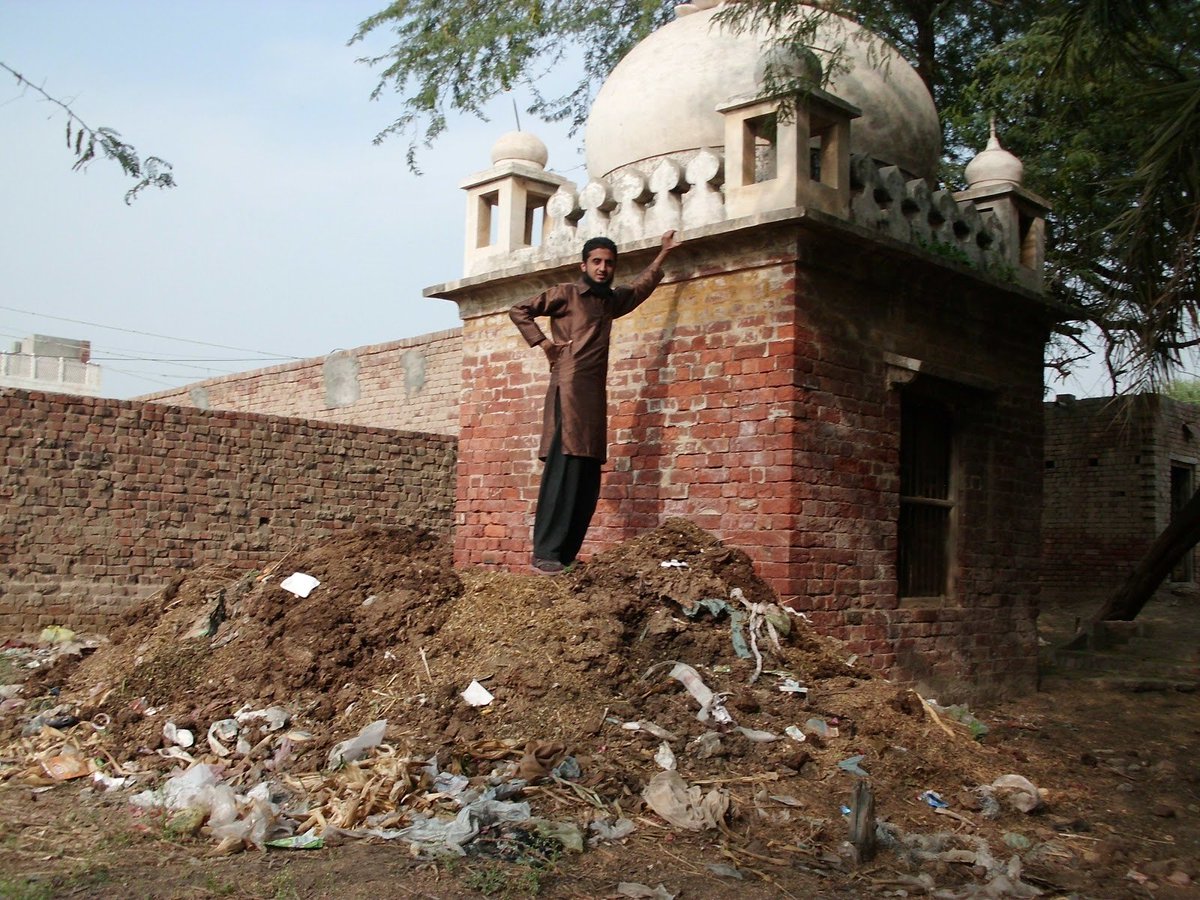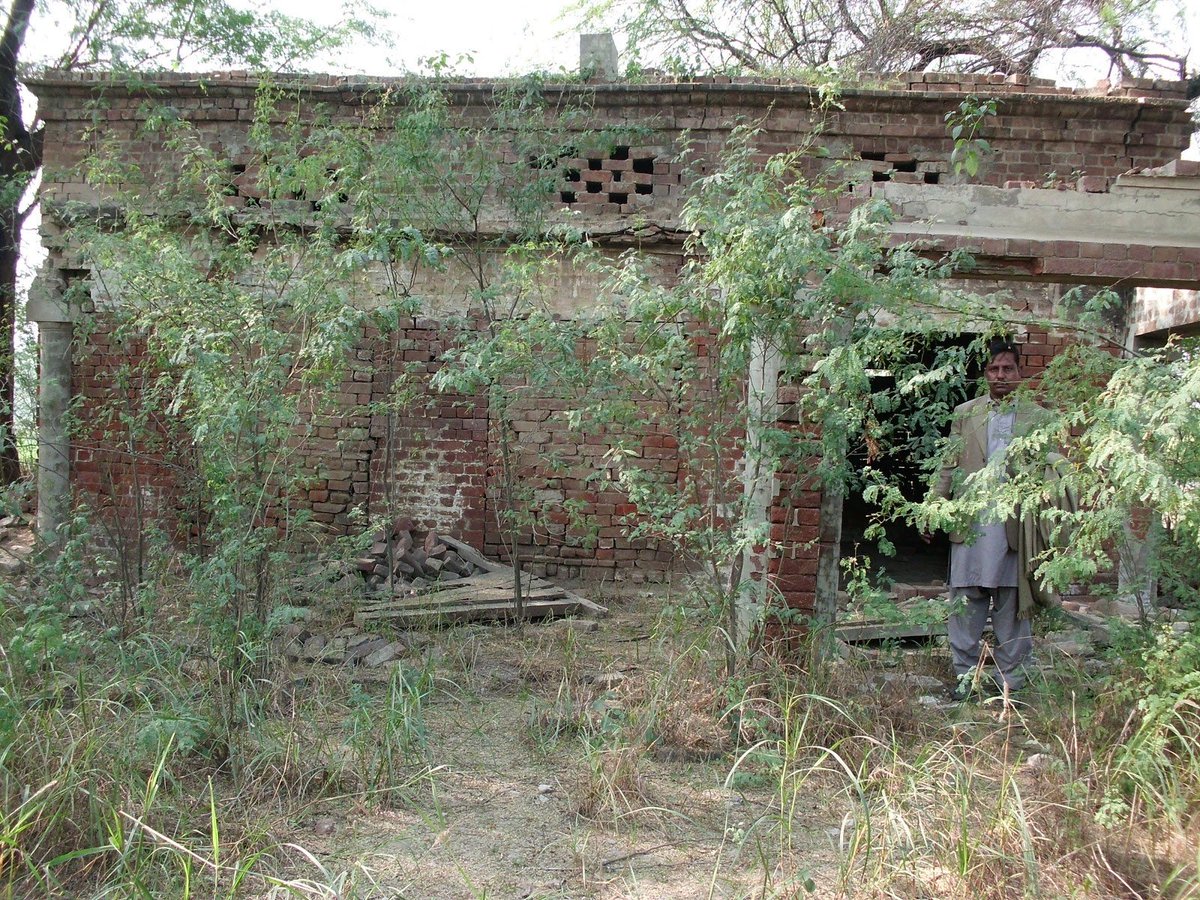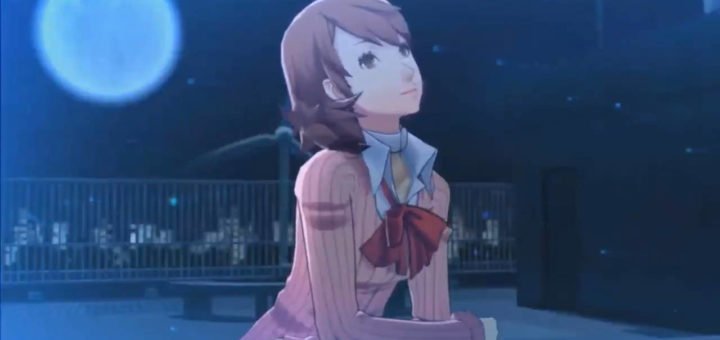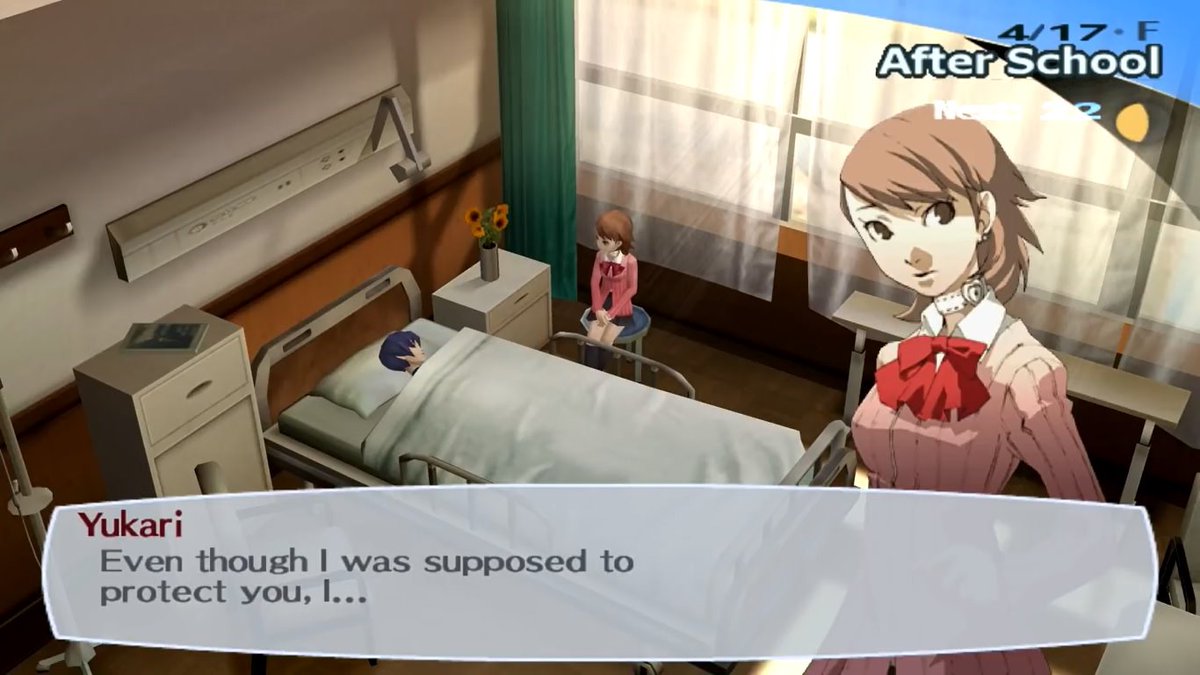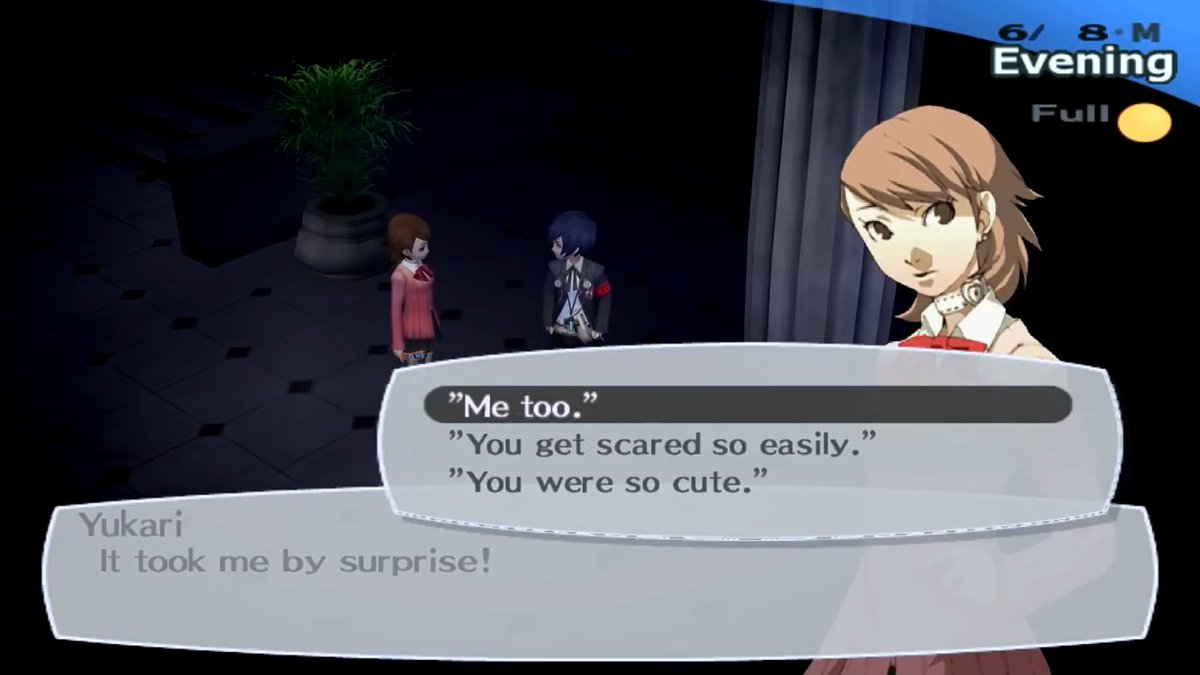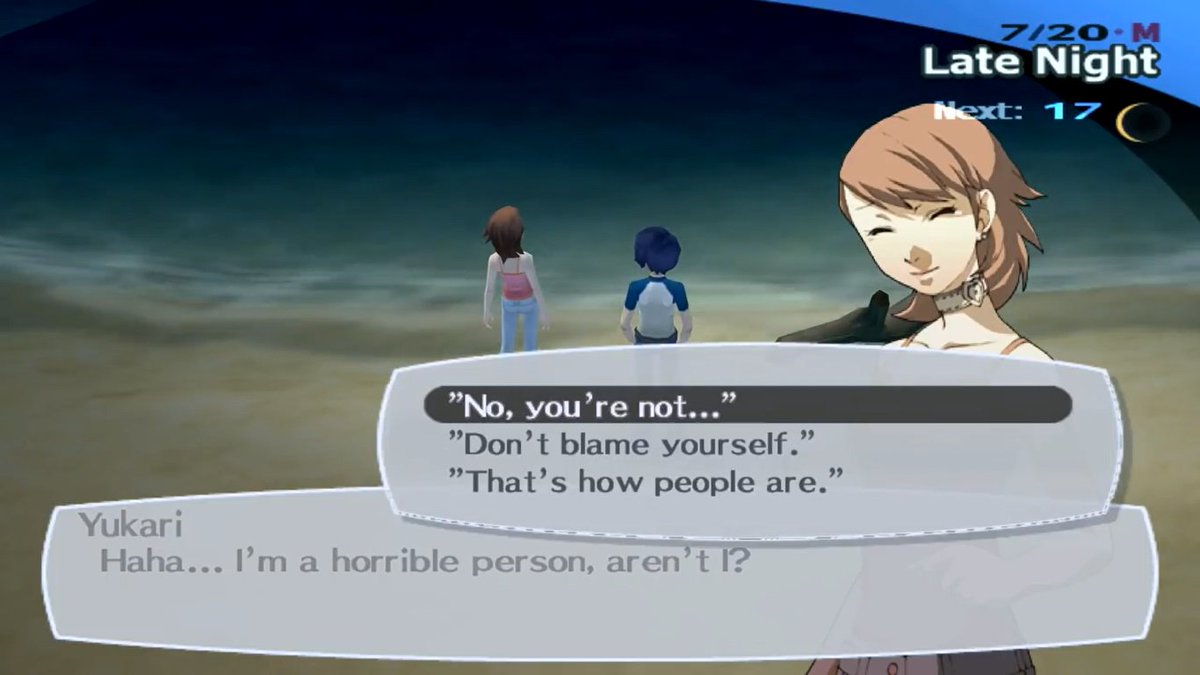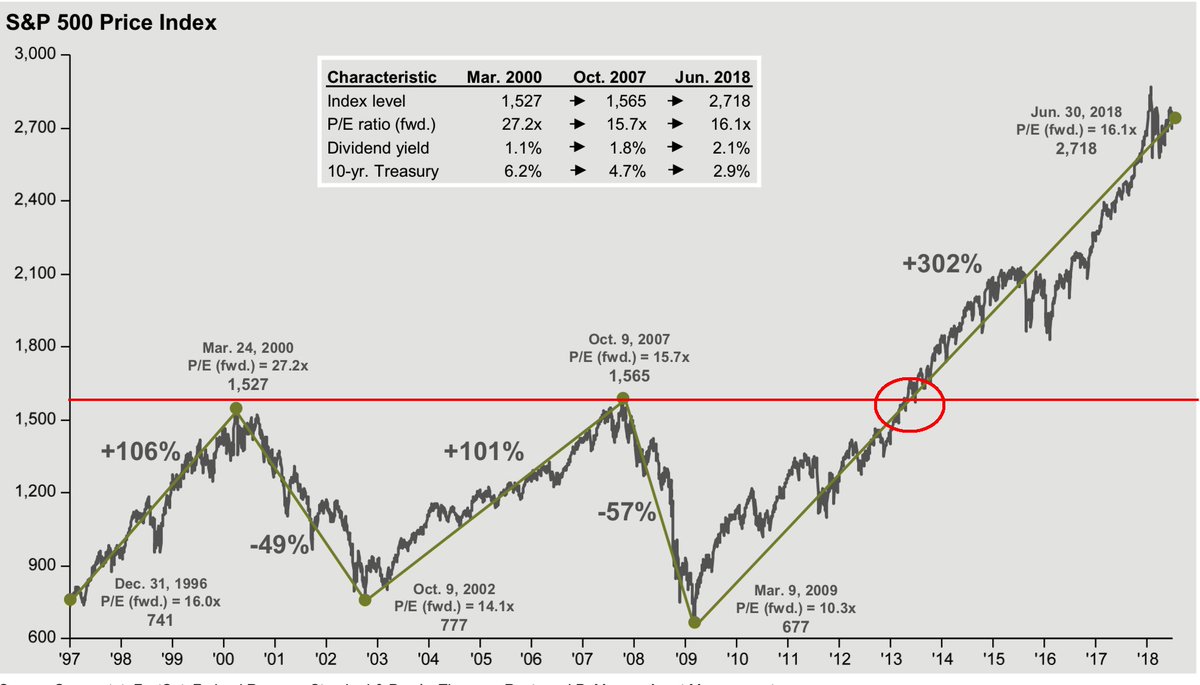Didiga or Kongunivarman was the founder of the dynasty and Kongunivarman is used as a title by all Ganga kings. However, Nanni Santara’s 1077 inscription mentions that Konganivarman is Madhava and his successor Kiriya Madhava is Didiga’s son.
Kiriya Madhava who succeeded his father is also an active soldier but is more known for his scholarly bend. Besides a competent soldier, he is a scholar in Nitisastra, Upanishads and other subjects and composed Dattaka-Sutra.
Only two kings are known of this line - Aryavarman and Madhava. Both the father and son are installed by Pallavas on their throne and it is possible this line was used as a prop against Kadambas and Talakadu Gangas by the Pallavas.
Again, not much is known of this line. A single grant from this line from Chukuttur, relating to a grant in Kaivara Country has surfaced. It is issued on the death(in a battle?) of Viravarma, the brother of Simhavarman.
He is said to be an expert in using bow and employed elephants in war. He shifted the capital to Talakadu possibly due to a retreat after the Battle of Henjara.
He is not looked upon favourably in later Ganga inscriptions(the disappearing divine symbols of the Gangas). He was succeeded by his grandson Madhava, famously known as Tadangala Madhava and not his son Prithvi Ganga, who, probably predeceased him.
He is famous for his personal strength and valour and is a worshipper of Lord Tryambakeswara. He married the sister of Kadamba Krishnavarman I, who maintained maritail ties with Guptas, Vakatakas and Vishnukundins.
He was crowned the king when still on his mother’s lap and is possibly a posthumous child. It is possible that his father perished in one of the Pallava-Kadamba wars as Mrgesavarman calls himself Tunga-Ganga-Kulotsadi. He married the daughter of
His name, meaning ill-behaved or wicked, explained as wicked or ill-behaved towards Durvinita Kali.Durvinita is overlooked for the throne in favour of another son of Avinita who was supported both by the Pallava and the Vallabha and Durvinita won the throne
Polavira (604–629)
Srivikrama (629–654)
Mushkara is known as Kantivinita and married the daughter of Sindhu Raja. He is either same as Polavira or a brother of his. Srivikrama is an expert in all the 14 branches of learning and in the science of politics.
He is born to Srivikrama and a Telugu Chola Princess. He started his career as governor of Kuvalalanad and became the Ganga king on the demise of Srivikrama. He is a warrior of note and defeated the Pallavas under his personal command at Velanda.
A collateral line of Gangas is traced from Bhuvikrama based on Chikballapur Plates of Jayateja. Dated to 810 AD, this gives the dynastic succession as Srivikrama, Srivallabha(Bhuvikrama), Kannakari-Raja born in the line of Kannayya(Kanvayana?),
Bhuvikrama’s younger son Sivamara succeded him to the throne. He also clashed with the Pallavas, defeating the Pallava princes Jaya and Vriddhi. Badami Chalukyas encroached upon Ganga kingdom for the first time –
He is Sivamara's grandson which justifies that long a reign for him. He attacked the Banas and subjugated them. He joined his master, the Chalukyas in their invasion of Pallava Country allied with the Pandyas. But, the allied force was crushed at
He is the most interesting as well as the most tragic among the Ganga kings. First, his succession was contested by his brother and he ascended the throne after a civil war. Then, he picked the wrong side in the Rashtrakuta Civil War.
Sivamara was succeeded by Vijayaditya's son Rachamalla and not his son Marasimha, possibly at Rashtrakuta insistence. Marasimha was followed by Prithvipati, Marasimha and Prithvipati II, all famous Pallava and Chola
The trust Rashtrakutas placed in Rachamalla turned futile, as he too followed his uncle to rebel against the Rashtrakutas and pushed them out of Gangavadi. As a Rashtrakuta vassal, the Banas were pushed back - but when he went for
The fight with Rashtrakutas went almost till 868 where they the Rashtrakutas were defeated at Rajaramudu before they decided to give up. Amoghavarsha's daughter is given to Nitimarga's son and from then on, Gangas became loyal Rashtrakuta vassals.
Gunaga Vijayaditya's invasion was the most major thing he has to tackle. The fight with Gunaga Vijayaditya was long drawn and sanguinary, with Gangas finally yielding at Remiya and Gungur after the Nolambas were completely overrun.
Rachamalla was succeeded by Ereyappa, Butuga’s son. It’s possible that this succession was mandated by Amoghavarsha, Butuga’s father-in-law and he was involved in governance during the reign of his uncle. This can be estimated from the fact that
Narasimhadeva succeeded his father as the king in 920. Nothing much is known about him except that he, like most of the Ganga kings before him was adept in arts and war.
Narasimhadeva was succeeded by his brother Rachamalla. Nolamba Ayyappa fell fighting the Vengi Chalukyas in 934 as a Ganga vassal. His son Anniga, whose mother is a Ganga Princess, rebelled and was defeated at Kottamangala but returned the
Butuga rebelled against his brother with Rashtrakuta support. Also, Rashtrakuta Amoghavarsha II gave his daughter Revaka to Butuga in marriage. He helped Rashtrakuta Krishna III win the civil war and in the Battle of Takkolam, which was a disastrous defeat for
Marasimha, easily the greatest of the Ganga Kings, is a Rashtrakuta general of note, participating in his northern campaigns, taking Uchchangi, till then unconquered(which rebelled in support of Chalukyas),
It is possible that Taila was in the mood to annex Gangavadi directly and the Chalukyas were held off till the Ganga Minister Chavundaraya was alive. Gangas were dragged into rebellions against the Chalukyas who hoisted a banner of revolt
Neetimarga III Permanadi (999)
The real problem for the Gangas was not Chalukyas but the Cholas who were slowly encroaching from the South during the reign of Rakkasaganga, Rachamalla's brother. The death of Rajaditya threw them in a 30 year








